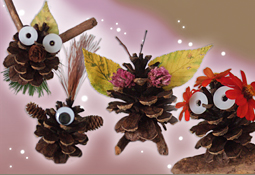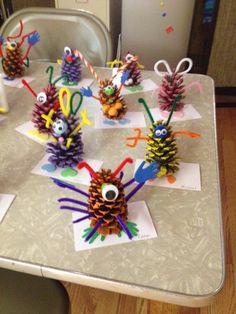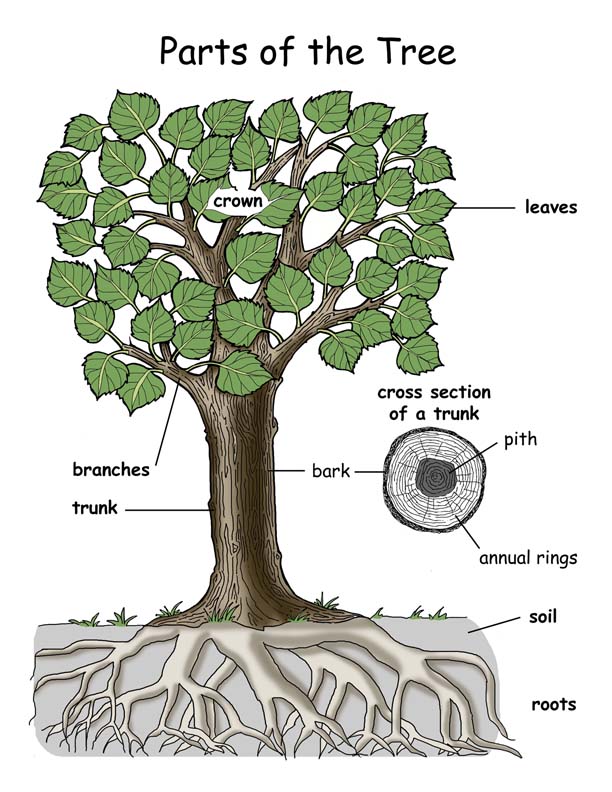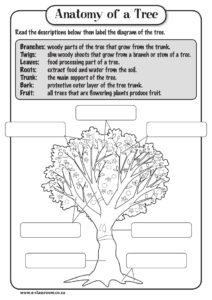Conifers
Words to know:
Coniferous: describes a plant that has cones
Coniferous forests are filled with cone-bearing trees. Pine trees, for example, have pinecones. Coniferous trees are also found sometimes in mixed forests with other trees. But in cold climates and at high altitudes, only these evergreen trees can survive the harsh, cold winters.
What do cones do? They let the tree reproduce. Some cones release pollen. Wind carries the pollen away. If the pollen lands on a seed cones, it can produce a new tree. Most cone-bearing trees are evergreens. They keep their smooth, waxy needle leaves year round. Needles hold water in very well. This especially helps during winter, when water in the ground may freeze.
While evergreen trees stay green year round, some of their needles do fall as trees grow or die. Thus, dry, brown needles often cover the floor of a coniferous forest, providing a home for insects.
Forests, by definition, have trees. Do you know the parts of a tree? Leaves are the trees food factories. Like all green plants, they use chlorophyll to make sugar from water and carbon dioxide. Energy from sunlight powers the process. At the bottom end are the tree’s roots. Roots anchor the tree in the soil. They also soak up water for the trees photosynthesis. The trunk is tree’s main stem. Smaller stems, called branches, grow out from the trunk. The trunk and branches support the tree and also function as the tree’s inner support system.
Pinecone Critters
 Pinecones
Pinecones
Buttons or Plastic Washers
Pom Poms
Googly Eyes
Felt
Pipe Cleaners
Other natural materials, such as pebbles, shells, wild flowers, leaves, feather, twigs, pine needles and/or driftwood
Tacky glue, Hot glue, etc
 Get creative and make pinecone critters. Try using felt to cut paw shaped pieces and glue to the bottom of the pinecone so it can stand on its end. Glue wiggly eyes on the top third. Washers, pebbles or small blooms could also be eyes. Make ears and paws for your critters. Experiment with natural materials as well. Twigs, flower stems, or pine cleaners could be arms. Shells, leaves or branches can make wings. Antennae can be made from forked twigs, pointy leaves or needles, or short sticks. Be imaginative!
Get creative and make pinecone critters. Try using felt to cut paw shaped pieces and glue to the bottom of the pinecone so it can stand on its end. Glue wiggly eyes on the top third. Washers, pebbles or small blooms could also be eyes. Make ears and paws for your critters. Experiment with natural materials as well. Twigs, flower stems, or pine cleaners could be arms. Shells, leaves or branches can make wings. Antennae can be made from forked twigs, pointy leaves or needles, or short sticks. Be imaginative!








